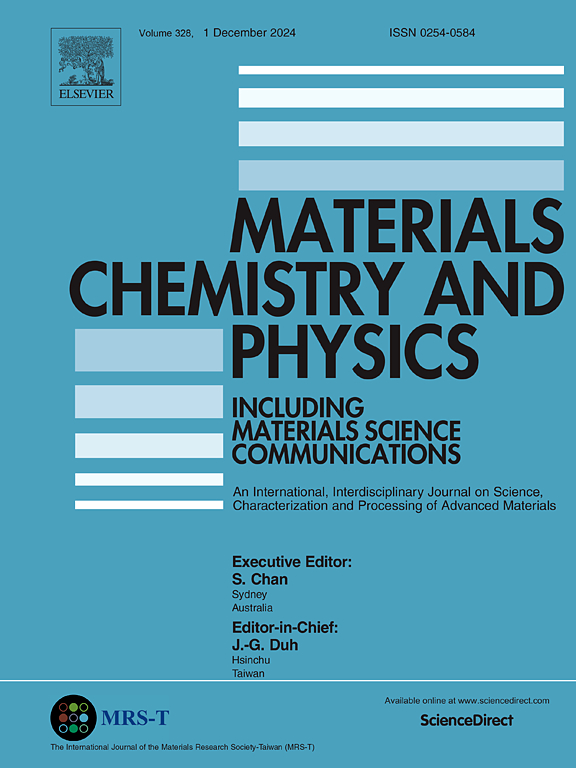Antibacterial TiO2 nanoparticles and hydroxyapatite loaded carboxymethyl cellulose bio-nanocomposite scaffold for wound dressing application
IF 4.3
3区 材料科学
Q2 MATERIALS SCIENCE, MULTIDISCIPLINARY
引用次数: 0
Abstract
One of the most promising new directions in addressing the shortcomings of traditional tissue substitutes for serious injuries was tissue engineering. This study details the development of an antibacterial nanocomposite scaffold using carboxymethyl cellulose incorporating TiO2 nanoparticles and hydroxyapatite (TiO2NP + HA@CMC) for wound dressing application to enhance skin tissue regeneration. FTIR, XRD, SEM, TGA, swelling, and degradation were among the several analyses used to thoroughly evaluate and characterise the TiO2NP + HA@CMC scaffold and its predecessors. The scaffolds' abilities to inhibit bacteria as well as promote cell adherence and viability were investigated. The in-vitro analyses revealed that the addition of TiO2NP + HA to the scaffold significantly improved its antibacterial properties as 7.70 ± 0.02 mm and 5.20 ± 0.06 mm inhibition zone against S.aureus and E.coli were observed. The swelling capacity and biodegradation of the TiO2NP + HA@CMC scaffold was increased due to the presence of TiO2NP and HA. In-vitro results demonstrated that the TiO2NP + HA@CMC nanocomposite scaffold exhibited satisfactory biocompatibility and supported cell viability on normal human skin fibroblast cells. Moreover, in-vivo wound healing potential showing 100 % wound closure using TiO2NP + HA@CMC nanocomposite scaffold as compared to 88.40 % of control sample, highlighting its potential for clinical applications.
求助全文
约1分钟内获得全文
求助全文
来源期刊

Materials Chemistry and Physics
工程技术-材料科学:综合
CiteScore
8.70
自引率
4.30%
发文量
1515
审稿时长
69 days
期刊介绍:
Materials Chemistry and Physics is devoted to short communications, full-length research papers and feature articles on interrelationships among structure, properties, processing and performance of materials. The Editors welcome manuscripts on thin films, surface and interface science, materials degradation and reliability, metallurgy, semiconductors and optoelectronic materials, fine ceramics, magnetics, superconductors, specialty polymers, nano-materials and composite materials.
 求助内容:
求助内容: 应助结果提醒方式:
应助结果提醒方式:


